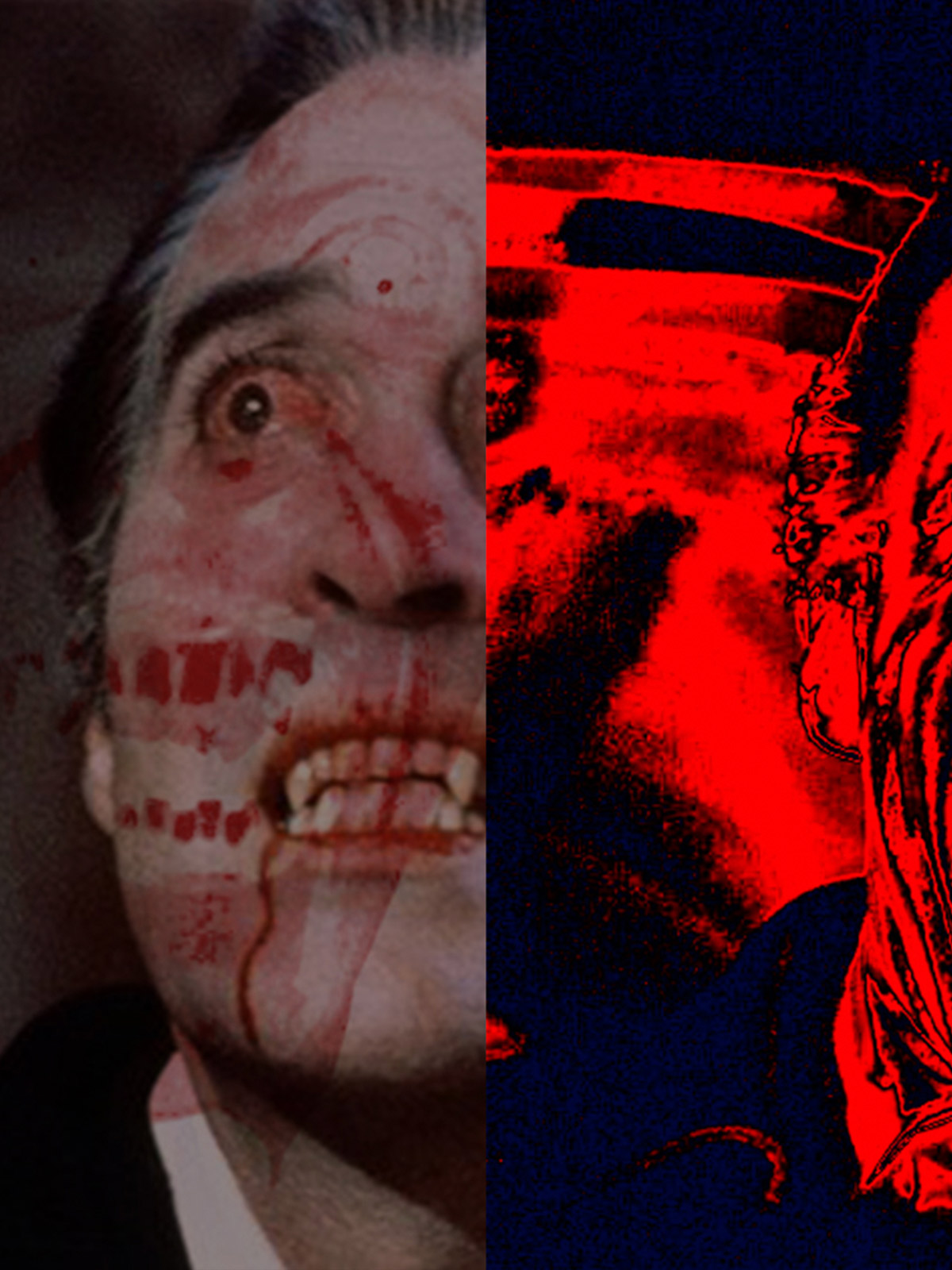How depictions of vampires have betrayed our worst anxieties about sex, death, and disease.
For centuries, we have told stories of creatures that lurk in the night. We begin to see fiction and folktales seep into reality, feeding on our misunderstandings and our prejudices. We internalize these myths to the point that our fear of difference creates monsters of others and our cultural anxieties create monsters of the unknown. Document explores the history behind the creatures of childhood horror and why they still haunt us today.
In the short story “Parting is Such Sweet Sorrow” by Pat Califia, Ulrich, a queer vampire in the early 1980s, walks into a gay bar and senses that most of the people there would die within a year, including his love interest. He realizes that the couple who brought him there would both die as well saying the older “would barely have time to bury his boy before he himself was in the hospital, dying of an infection that was not supposed to be fatal, something he caught from the tropical birds he loved to keep.” Ulrich is not the vampire of folklore who only sees his prey with animalistic brutality. Instead, he views the mortals around him with heartbreaking sadness.
From the days of the plague and pneumonia outbreaks to the HIV/AIDs crisis of the 80s, we have been quick to alienate and monsterize those who live in the thin veil between life and death, and for just as long, we have used vampires as a terrifying embodiment of our fears. While modern vampires have been depicted as heartthrobs and antiheroes, their pre-Bram Stoker predecessors were much more grotesque creatures, often reanimated corpses determined to bring death and destruction to the land of the living. Vampires were people who died mysteriously or were a part of any groups on the margins of ‘civil’ society, including children with birth defects, anyone with unexplained aggression, those close to suspected witches, and even redheads. They were an answer to any unexplained or misunderstood disease or abnormality.
The image of the mysterious and handsome vampire didn’t begin to form until Bram Stoker’s refined Eastern-European royal Count Dracula. The vampires of Stoker’s book were not gruesome corpses but elegant and sexualized creatures, and in many cases, that sexualization was far from heteronormative. The erotic subtext of Dracula’s relationship with the book’s protagonist Jonathan Harker began the era of vampires as both symbols of overt sexuality as well as unknown disease. This, coupled with the idea of a blood contagion, made vampires an obvious metaphor during the AIDs crisis. This parallel is drawn in Frances Coppola’s 1992 rendition of the Dracula story: Dr. Van Helsing’s obsession with curing blood diseases, the use of intravenous drugs, and the inclusion of blood transfusions all allude to the crisis.
But mainstream views on the AIDs crisis and those it affected evolved, so did vampires as its metaphor. Modern vampires are not the villain of the story. Vampires are no longer the cause of death and destruction but what is left afterward. Take Califia’s tragic example: Ulrich is not a vessel for our fears; instead, his immortality is framed as a burden as he watches sickness take those he loves. Rather than the disease, vampires, like Anne Rice’s Louis de Pointe du Lac, now mirror the survivor and their eternal life—and eternal suffering.







